1. “Angie” – The Rolling Stones
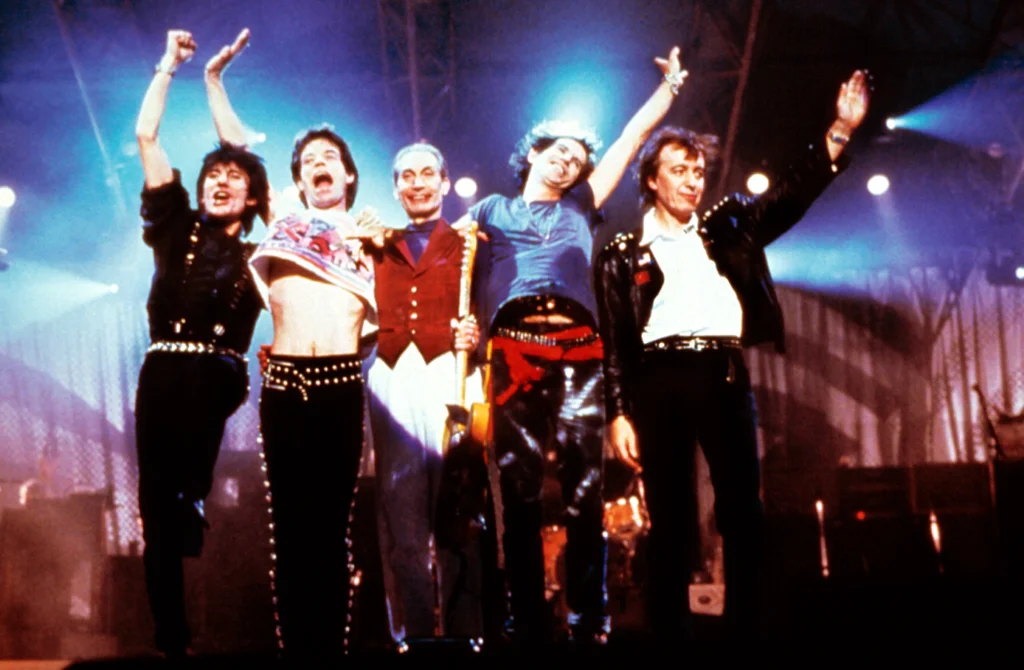
The Rolling Stones’ “Angie” came out in 1973 and became an instant classic, but not without raising a few eyebrows. The song’s melancholic tone and heavy themes of heartbreak and loss made it seem almost too somber for a mainstream hit. Its lyrics, which speak to the end of a relationship, explore deep emotions that many found hard to face, especially in a rock anthem. Yet, despite its dark subject matter, “Angie” soared to number one on the charts, proving that even the most sorrowful ballads could capture listeners’ hearts.
Though it’s often viewed as a breakup song, there are layers of complexity that resonate with people on different levels. The haunting piano and Mick Jagger’s raw, emotional delivery gave the track an almost otherworldly feel. Many listeners were initially put off by the heaviness of the song’s theme, but the vulnerability in Jagger’s voice ultimately made “Angie” one of the Stones’ most memorable tracks. Today, it’s regarded as a masterpiece that transcends the darkness in its lyrics, making it one of the band’s most iconic songs.
2. “The Night the Lights Went Out in Georgia” – Vicki Lawrence
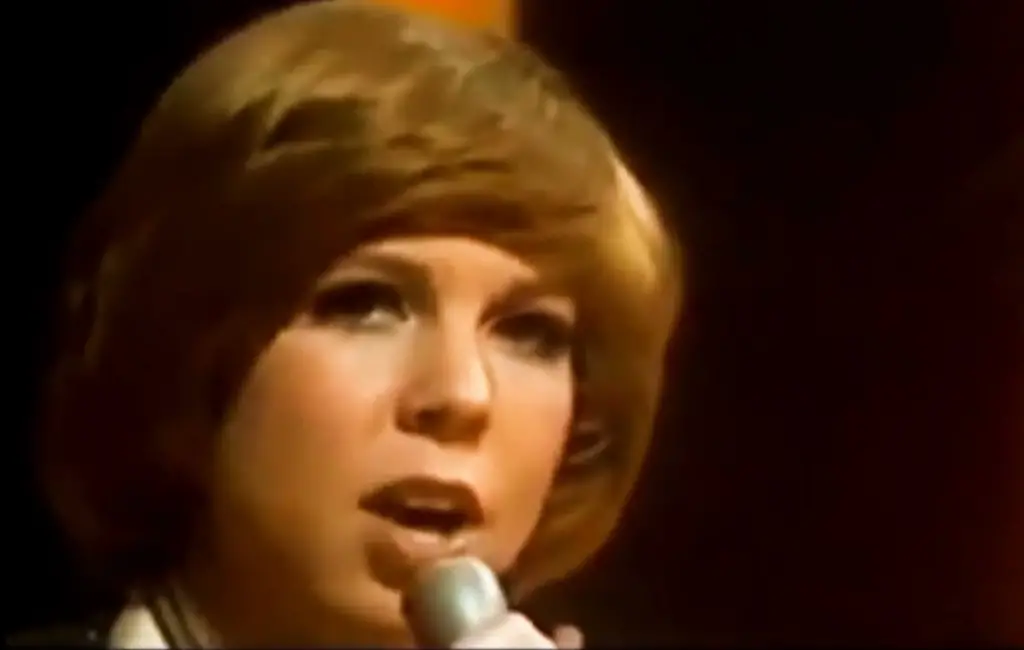
Released in 1972, Vicki Lawrence’s “The Night the Lights Went Out in Georgia” tells a haunting story of betrayal, murder, and revenge. The song’s dark, twist-filled narrative struck a chord with listeners who appreciated its gritty storyline but were shocked by the stark themes. The tale of a wrongfully accused man, his betrayed sister, and the tragic consequences of vengeance certainly wasn’t the typical feel-good fare of the ‘70s. However, despite the chilling plot and ominous tone, the song became a massive hit.
The song’s dark nature might have led some to dismiss it initially, but its catchy, Southern-fried melody and unexpected twists captivated audiences. Lawrence’s delivery was compelling enough to turn a story about loss and retribution into a commercial success. The song became a number one hit on the Billboard Hot 100 and remains a staple of ‘70s pop culture. Its success proves that even the darkest tales can resonate with listeners, particularly when wrapped in a compelling melody and a surprise ending.
3. “Season of the Witch” – Donovan
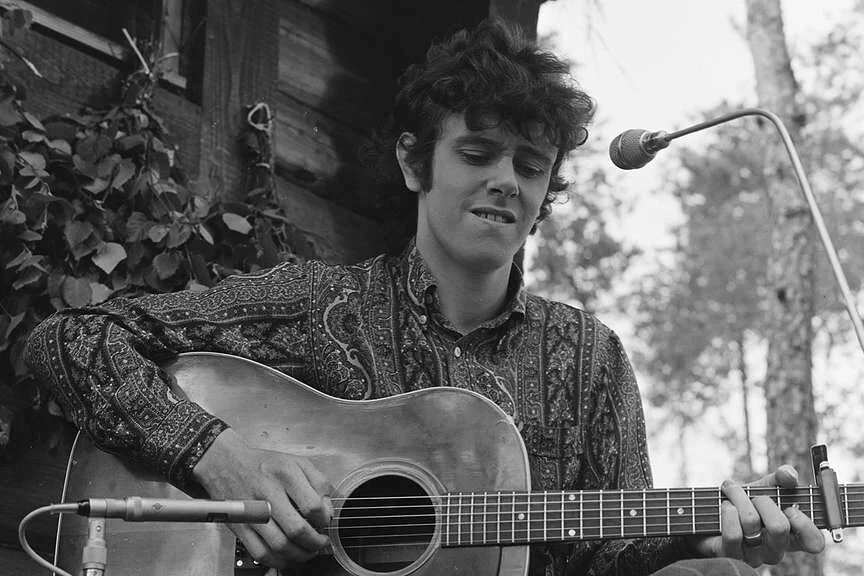
Donovan’s “Season of the Witch,” released in 1966, continued to haunt listeners into the ‘70s, and its darkness only grew over time. With its eerie, otherworldly atmosphere, it was clear that the song was delving into themes of paranoia, fear, and societal unrest. At first, the song may have been brushed off as too cryptic and heavy, but it slowly became a defining anthem of the counterculture movement. Its blend of psychedelic rock with a foreboding sense of doom made it stand out as one of the most unconventional songs of its time.
Despite its dark, slightly menacing vibe, “Season of the Witch” found its place in mainstream popularity. The song’s persistent sense of unease and disillusionment resonated with a generation questioning the status quo. Over the years, it has grown in stature and is now considered one of Donovan’s signature songs. Its ability to tap into the darker emotions of the era, while still becoming widely loved, proves that audiences were ready for songs that challenged their perceptions and explored uncomfortable truths.
4. “Riders on the Storm” – The Doors
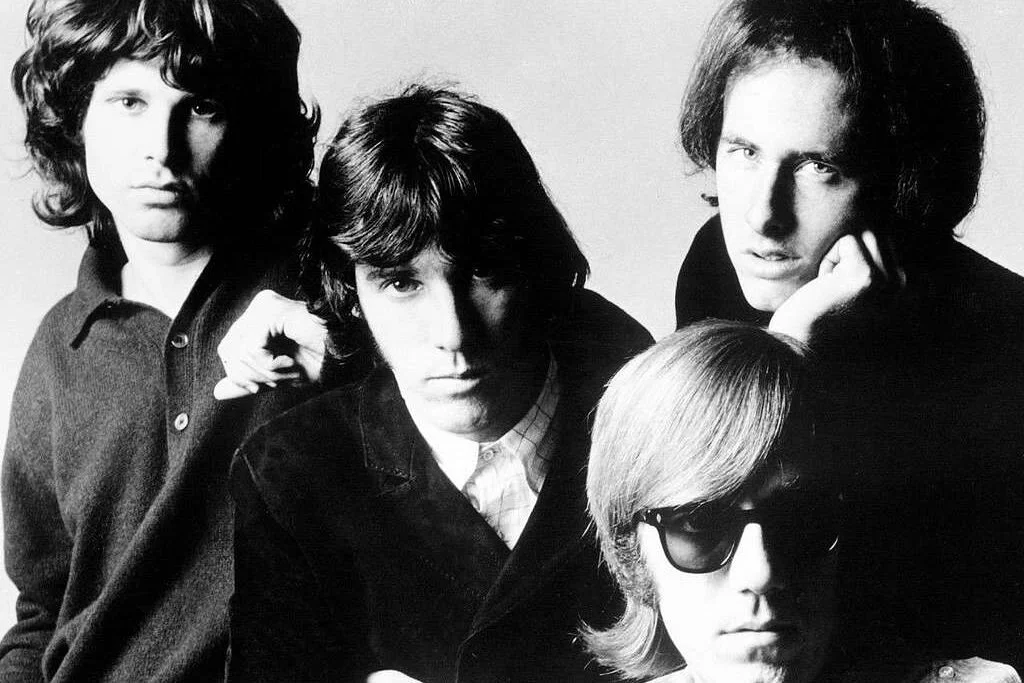
One of The Doors’ most haunting tracks, “Riders on the Storm,” was released in 1971 and immediately captivated listeners with its eerie, atmospheric sound. The song’s lyrics, which conjure images of a killer on the loose and the unpredictability of life, were far darker than what many fans were accustomed to. Jim Morrison’s iconic vocals, paired with Robby Krieger’s ghostly guitar work, created a somber mood that some might have found unsettling at the time. Yet, “Riders on the Storm” became one of the band’s most enduring hits.
Though the song’s ominous themes—especially the reference to a storm as a metaphor for life’s unpredictability—were a departure from The Doors’ more upbeat hits, it found a massive audience. The track’s introspective and haunting tone spoke to listeners on a deeper emotional level, even as it navigated dark and unsettling subjects. Its success on the charts proved that people were ready for music that didn’t shy away from exploring the complexities of life and the human psyche. Over time, it’s come to be regarded as a classic, thanks to its ability to blend darkness with beauty in a way few songs of the era could match.
5. “The Killing of Georgie (Part I and II)” – Rod Stewart

Rod Stewart’s 1976 ballad “The Killing of Georgie (Part I and II)” is a deeply emotional and tragic story about a young man named Georgie, whose life is cut short because of prejudice and violence. Released at a time when many pop songs were upbeat and carefree, Stewart’s song was a heavy departure from the norm. Its bold subject matter, including LGBTQ themes and social justice issues, made it stand out for its stark portrayal of loss and societal issues. Yet, despite its somber nature, the song became a major hit, resonating with many listeners who appreciated its message and raw emotion.
The song’s success was a testament to Stewart’s ability to tackle sensitive, dark topics with sincerity and compassion. It brought attention to issues of violence and discrimination at a time when such conversations were not often part of mainstream music. “The Killing of Georgie” became one of Stewart’s most powerful hits, showing that songs about darker, more serious topics could resonate deeply with a wide audience. Its message of love, loss, and the fight for acceptance continues to make it relevant today.
6. “Tears of a Clown” – Smokey Robinson & The Miracles
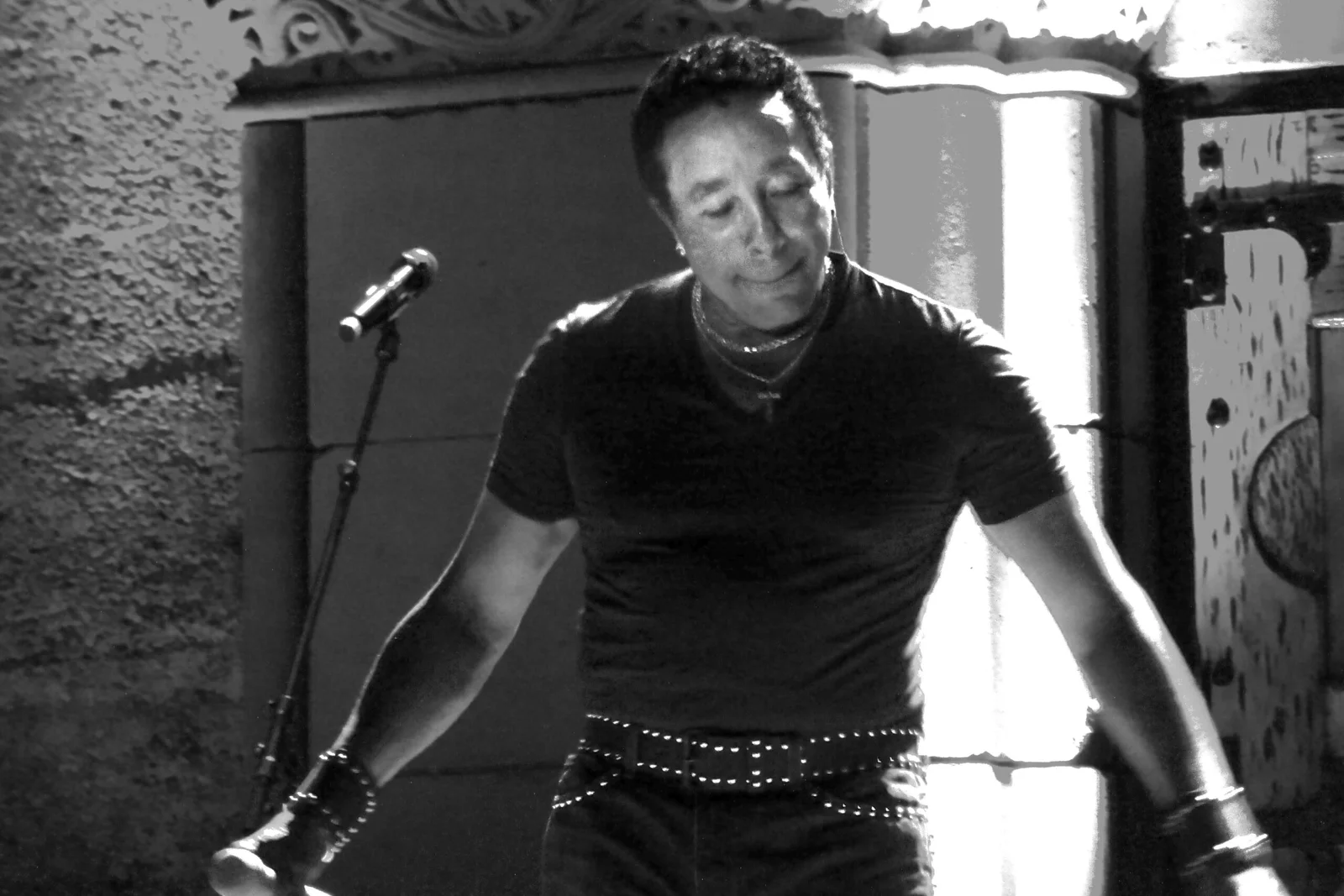
“Tears of a Clown,” released in 1970, is often seen as one of Smokey Robinson’s greatest hits, but its lyrics are surprisingly melancholic. The song tells the story of a man hiding his sadness behind a facade of happiness, a theme that touches on the emotional toll of loneliness and heartache. Despite the dark undertones of masking pain with a smile, the song became an upbeat, danceable hit. Its infectious melody and catchy hook helped it soar to the top of the charts, showing that even songs with themes of emotional struggle can be commercially successful.
Though it may seem like a happy, bouncy tune on the surface, “Tears of a Clown” is a masterful blend of light and dark. Smokey Robinson’s soulful delivery and the song’s upbeat arrangement make it easy to miss the emotional depth lurking beneath the surface. Its success speaks to the resilience of music that touches on deeper, darker emotions, even if wrapped in a more approachable package. Over time, it has become one of Robinson’s most beloved songs, proving that even the most bittersweet stories can connect with listeners in powerful ways.


